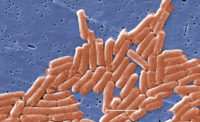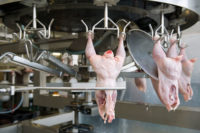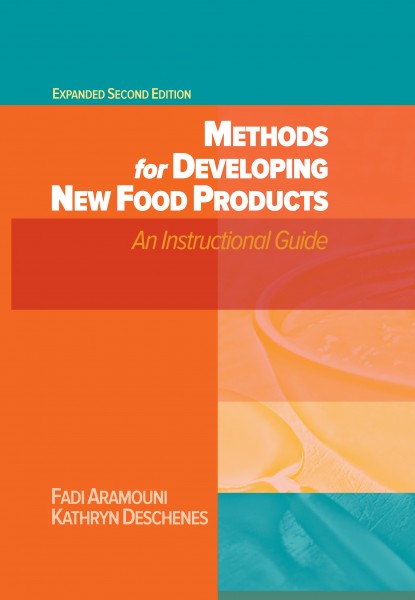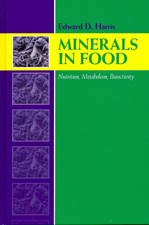In a report released last week, the US Government Accountability Office is recommending USDA develop additional performance measures to reduce Salmonella and Campylobacter contamination in poultry products.
The CDC estimates Salmonella and Campylobacter contamination in food causes more than 2 million human illnesses per year; poultry products contaminated with the pathogens cause more deaths than any other commodity.
For these reasons, GAO was asked to examine USDA’s approach to reduce these pathogens in poultry products.
The government agency provided four specific recommendations to USDA:
1. To help ensure Food Safety and Inspection Service (FSIS) efforts protect human health by reducing Salmonella and Campylobacter contamination in FSIS-regulated poultry products, the Secretary of Agriculture should direct the Administrator of FSIS to expeditiously develop Salmonella performance measures with associated targets for young turkey carcasses to monitor whether activities to bring plants into compliance with the standards are meeting the agency’s goals.
2. Once FSIS revises its Salmonella standards for ground chicken and ground turkey, the Secretary of Agriculture should direct the Administrator of FSIS to expeditiously develop Salmonella performance measures with associated targets for these products to monitor whether activities to bring plants into compliance with the standards are meeting the agency’s goals.
3. To help ensure FSIS efforts protect human health by reducing Salmonella and Campylobacter contamination in FSIS-regulated poultry products, once FSIS establishes plant compliance categories for Campylobacter in young chicken and turkey carcasses, the Secretary of Agriculture should direct the Administrator of FSIS to expeditiously develop Campylobacter performance measures with associated targets for these products to monitor whether activities to bring plants into compliance with the standards are meeting the agency’s goals.
4. In future revisions of the compliance guidelines on controlling Salmonella and Campylobacter, the Secretary of Agriculture should direct the Administrator of FSIS to ensure the inclusion of information on the effectiveness of each recommended farm practice to reduce these pathogens in live poultry.
According to GAO, USDA has agreed with the recommendations.
GAO acknowledged a number of previous actions taken by USDA to reduce Salmonella and Campylobacter contamination such as the recent modernization of poultry slaughter inspections and tighter standards.
But GAO officials say they identified several challenges that would hinder USDA’s ability to reduce contamination in poultry products.
For example, GAO says contamination of poultry products can be affected by practices on poultry farms. “To help overcome this challenge, USDA developed guidelines in 2010 on practices for controlling Salmonella and Campylobacter on farms, but the guidelines did not include information on the effectiveness of each of these practices, consistent with a recommendation from an agency advisory committee,” GAO says.
Furthermore, USDA did not confirm it plans to include this information in future guidelines. According to GAO, the failure to do so would result in the poultry industry not being fully informed of the potential benefits of adopting these practices, and industry members would not be encouraged to implement them.






